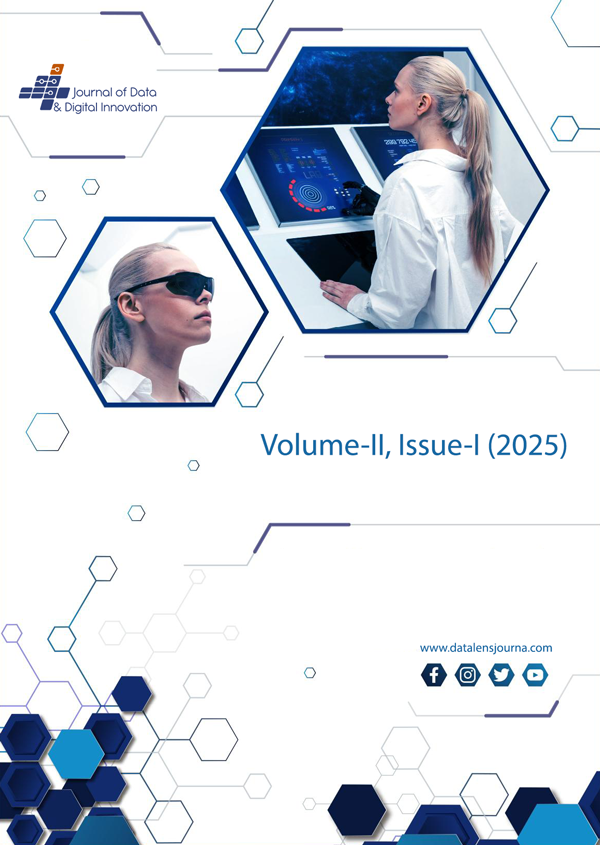Machine Learning in Financial Risk and Behavior Analysis: Predictive Insights on Bankruptcy, Fraud, and Consumer Trends in the USA
Keywords:
Machine learning, bankruptcy prediction, fraud detection, financial risk analysis, predictive analytics, time-series forecasting.Abstract
The increasing complexity of financial systems in the United States has heightened the need for intelligent, data-driven approaches to assess and mitigate financial risks. Traditional statistical methods often struggle to capture the non-linear patterns, behavioral dynamics, and real-time anomalies inherent in financial data. This research proposes a machine learning-based framework to analyze and predict financial risk factors, with a specific focus on bankruptcy prediction, fraud detection, and consumer behavior trends. To predict bankruptcy, the study employs six different models—Logistic Regression, Random Forest, Gradient Boosting (including XGBoost and LightGBM), Support Vector Machines (SVM), Artificial Neural Networks, and Long Short-Term Memory (LSTM) networks. These models are designed to capture both static and dynamic financial indicators. For fraud detection, the research integrates unsupervised techniques such as Isolation Forest alongside supervised classifiers like Logistic Regression, Random Forest, and XGBoost. Additionally, ensemble learning methods and Recurrent Neural Networks (RNN) are used for sequence-based anomaly detection. To understand consumer behavior trends, the study utilizes K-Means and DBSCAN clustering for behavioral segmentation, along with time-series models like ARIMA and LSTM to forecast financial activities and preferences. To tackle challenges such as data imbalance, particularly in fraud detection and bankruptcy prediction, the Synthetic Minority Over-sampling Technique (SMOTE) is implemented. Feature engineering and dimensionality reduction techniques, such as Principal Component Analysis (PCA), are also employed to improve model generalization. Model performance is rigorously evaluated using various metrics, including Accuracy, Precision, Recall, F1-Score, Area Under the Curve (AUC), and Mean Absolute Error (MAE), depending on the specific task at hand. The findings aim to provide predictive insights that not only enhance institutional decision-making and financial risk management but also contribute to more personalized financial services, policy formulation, and effective fraud mitigation strategies.
Downloads
Published
Versions
- 2025-06-22 (2)
- 2025-03-31 (1)






